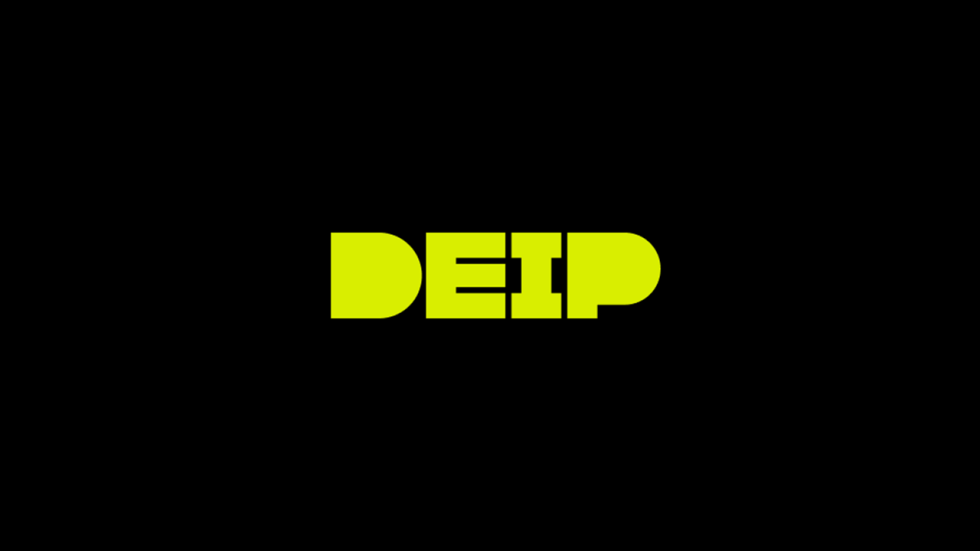Web3 shows promise for all industries in some form or another, but what does it have in store for the creator economy?
The creator economy is made up of 50 million people creating intellectual assets of all types. The problem is that content creators around the globe are forced to use centralized platforms which dictate the rules, decide which audiences see what, and what share of the value created the creators receive.
Web3 shows great promise to dismantle this model and replace it with a human-centric economy for creators.
Creative industries are set to become the major driver of economic growth as more value is assigned to intangible assets such as intellectual property. To put this into perspective, 90% of the value of the S&P 500 is currently intangible assets.
The problem with the current model is that the market is focused on capturing value and hoarding it via centralized platforms. Web3 technologies allow creating of a new set of rules which democratize access to resources for creators, shifting the creator economy towards a new model where the focus moves to value creation to unlock the full potential of intellectual assets.
By providing a more equitable environment that enables creators to earn a fair share of their work, Web3 technologies such as DEIP allow creators from across the spectrum (art, music, scientific research, blogs, etc.) to retain greater control over their work, monetize it, and collaborate with others. DEIP is Web3 architecture for the creator economy that moves the hosting of content away from centralized publishers to decentralized platforms.
DEIP aims to eliminate publisher lock-in, whereby a centralized entity can hold creators to ransom with unfair conditions and make it difficult to take their intellectual assets elsewhere. The company’s technology has an interoperability feature that allows creators to remove their asset from DEIP and transfer it to other protocols and markets. This feature enables different Web3 platforms to use the assets and recognize their value, thereby raising the asset’s liquidity and the core value of the product.
Before DEIP, creators who minted NFTs as a representation of their intellectual asset would be forced to choose one ecosystem (platform) to issue it on, thus restricting where they could sell and promote the asset. This runs counter to decentralization and the principles of Web3 and harms the value of the creation as it depends on the platform where it was issued.
A major pillar of DEIP’s technology is the tokenization of intellectual assets to affirm ownership and then the fractionalization of an asset into an unlimited number of parts. Implementation of fractional non-fungible tokens (F-NFTs) allows for increasing asset liquidity since it opens the creation up to a broader audience, similarly to the availability of shares of a company. Moreover, this allows for shared governance of intellectual assets; something that aligns perfectly with Web3 ethos.
To stay in keeping with decentralized and shared governance, DEIP is launching its first public sale to auction off just over 5% of the company. Founded in 2018, DEIP has been funded by private investors, over a dozen venture capitalist firms, and business angels which include the co-founder of EPAM Systems and the CEO of Bitcoin.com.
DEIP’s first public fundraiser will begin on Apr 15, 2022, on Skyward Finance.
